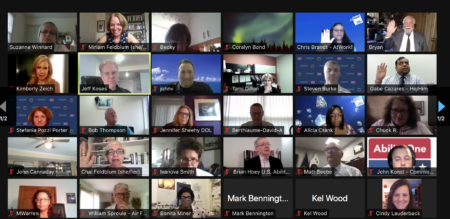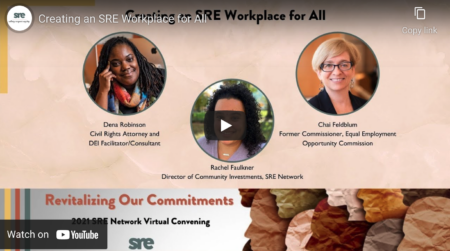One of the wonderful EEOC actions in July 2015 was the issuance of the Baldwin v. Foxx decision. (Thank you, David Baldwin, for agreeing to have your name used in the heading of the case. About 2 years ago, the EEOC’s Legal Counsel decided we could not identify our federal sector cases with the name of the complainant without express consent.) The legal ruling of the Baldwin case–that sexual orientation discrimination is always a case of sex discrimination prohibited under the federal law of Title VII of the Civil Rights Act of 1964–is a common-sense application of current law. In my Wayne State article several years ago, I chronicled the history of Title VII’s sex discrimination prohibition to explain why a common-sense application of the law took so long to prevail. Federal district courts, such as Terveer v. Billington and Hall v. BNSF have also begun to apply that common-sense application to claims of sexual orientation discrimination. Because EEOC has been accepting LGBT charges since January 2013 (based on our previous federal sector rulings), we have extensive data on the number of LGBT charges we have received and resolved. Of course, a strong federal law explicitly stating that sex discrimination includes sexual orientation and gender identity discrimination would be very helpful. Hopefully the next steps for the LGBT movement will include a dual track approach of getting more courts to agree with the EEOC’s interpretation of Title VII and passage of federal and state laws making that interpretation explicit in the law.



